Research Associate at the Canadian Museum of Nature, curator of eensy creatures at iNaturalist. Strangely preoccupied with bog ciliates and arcellinid amoebae. Blogger at www.itcamefromthepond.com. Ancestrally biflagellate. .. more
Research Associate at the Canadian Museum of Nature, curator of eensy creatures at iNaturalist. Strangely preoccupied with bog ciliates and arcellinid amoebae. Blogger at www.itcamefromthepond.com. Ancestrally biflagellate.

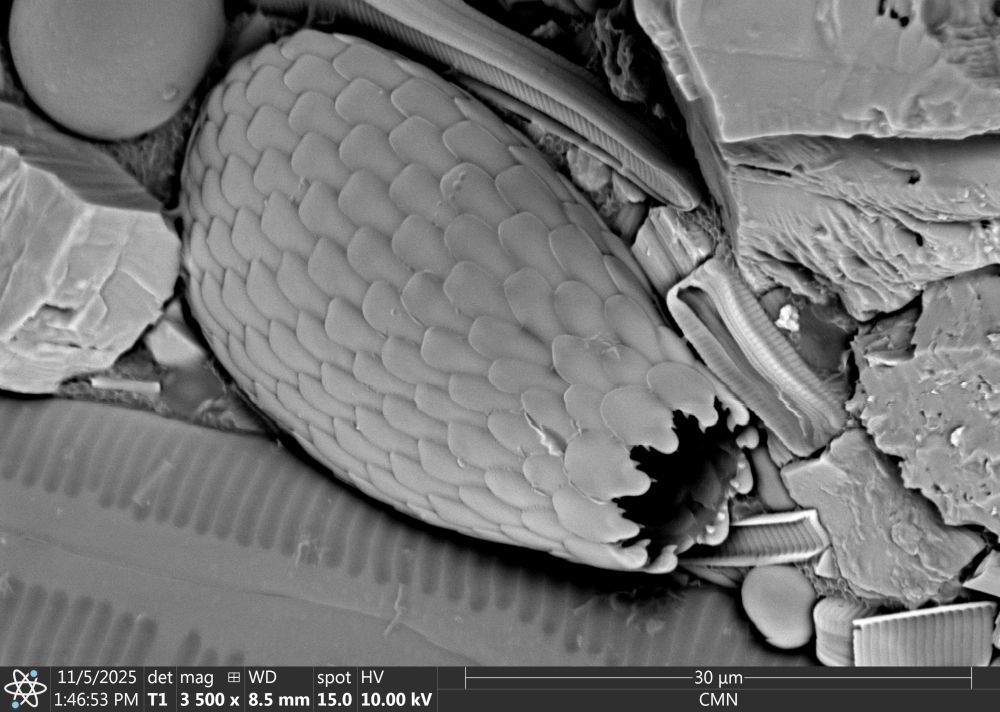


A. Collect them anyway! We wants it, we needs it, must have the precious! #ProtistsOnSky


www.researchgate.net/publication/...



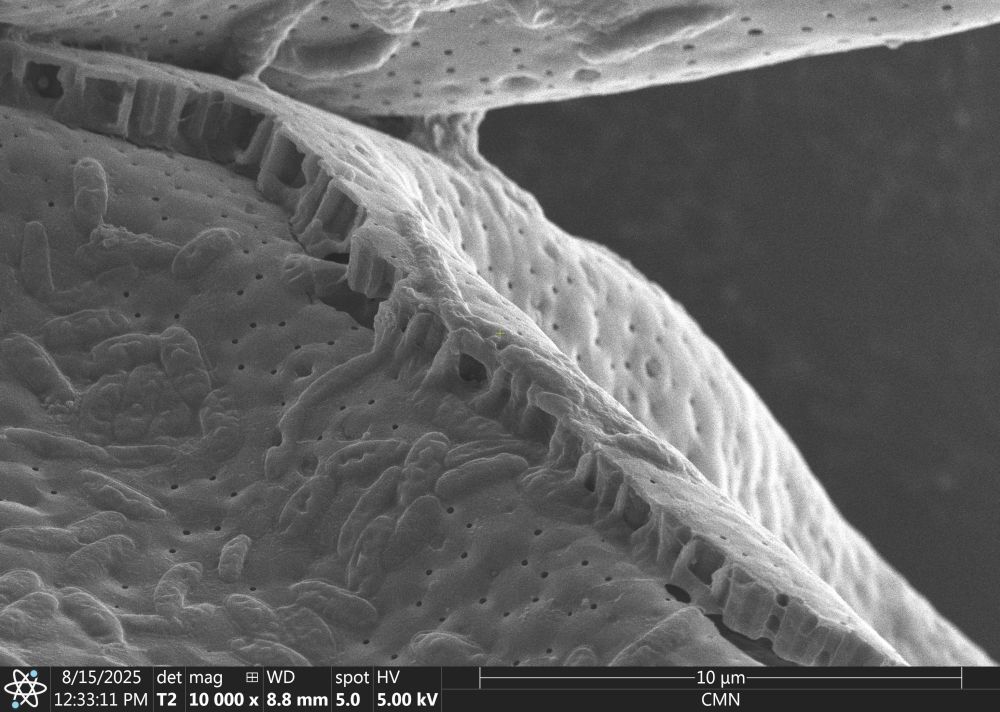

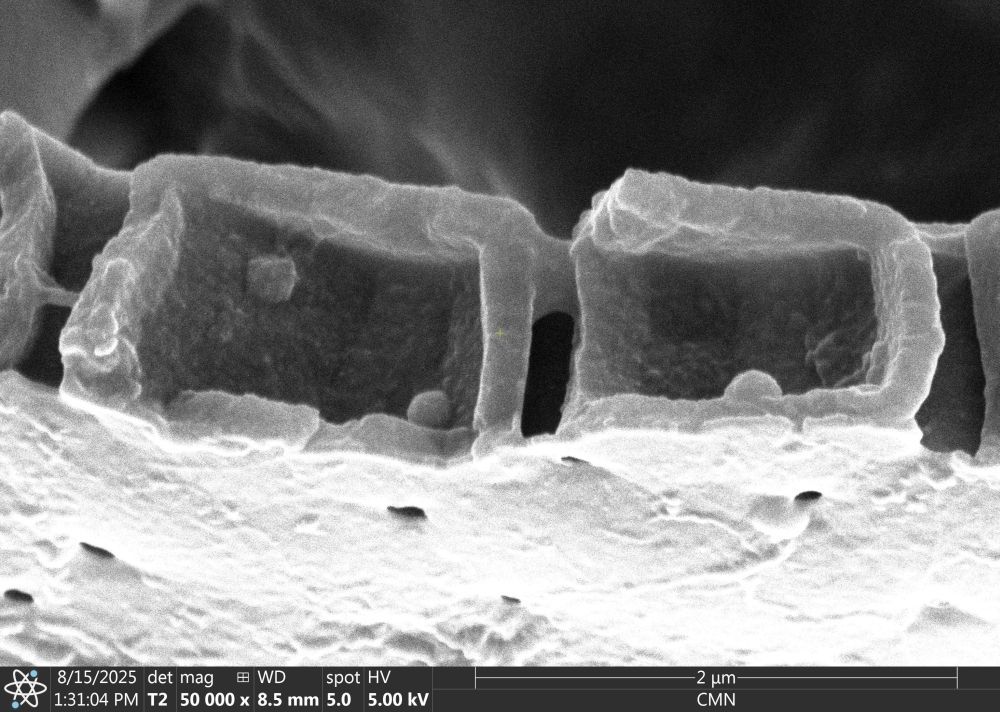
Home again, now, with my boreal bog plunder!

Reposted by Patrick J. Keeling, Håvard Kauserud, Bruce Taylor
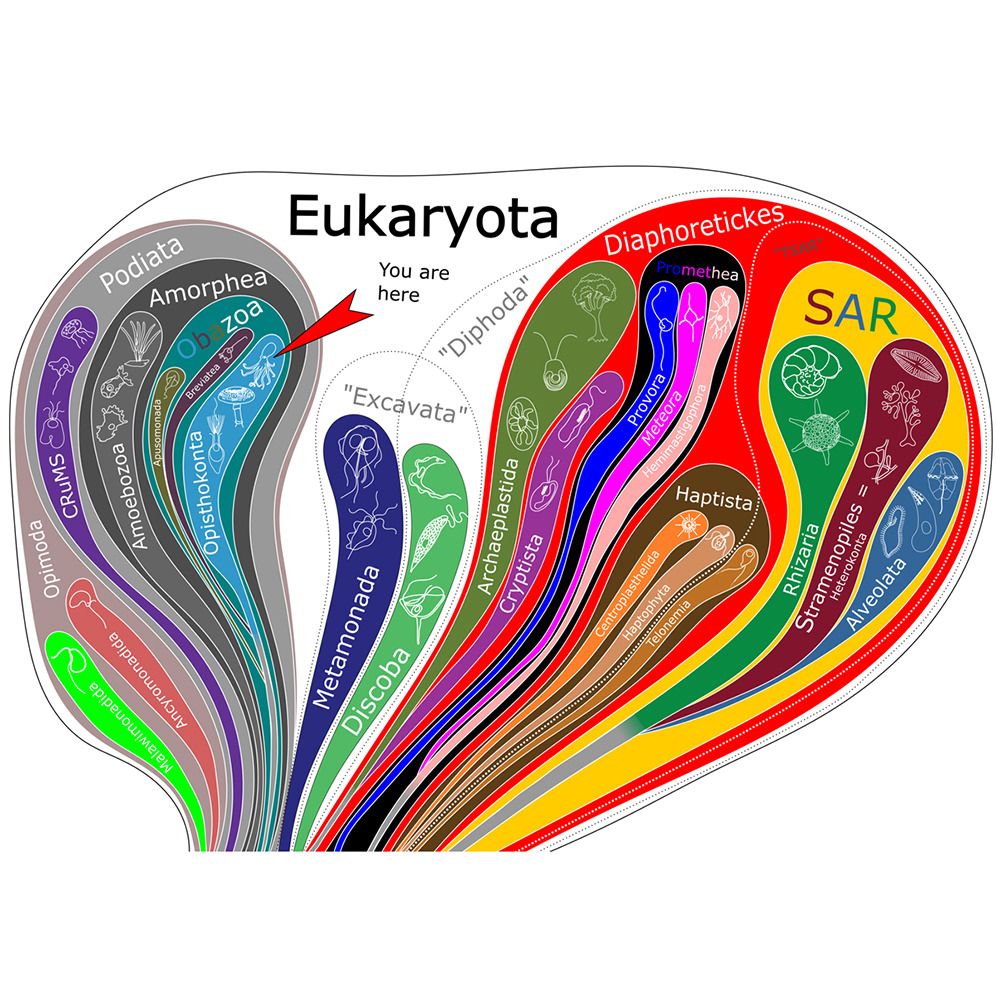
Reposted by Wolfgang Kiessling, Bruce Taylor
about.biodiversitylibrary.org/call-for-sup...
about.biodiversitylibrary.org/call-for-sup...
Reposted by Bruce Taylor
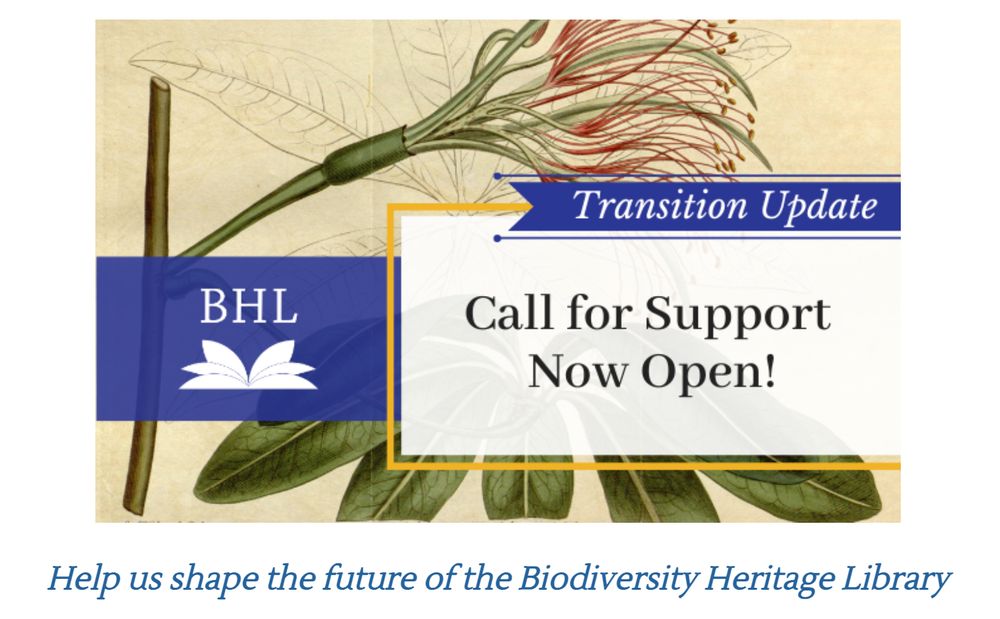
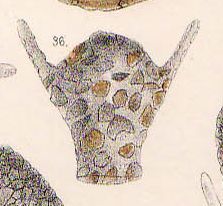
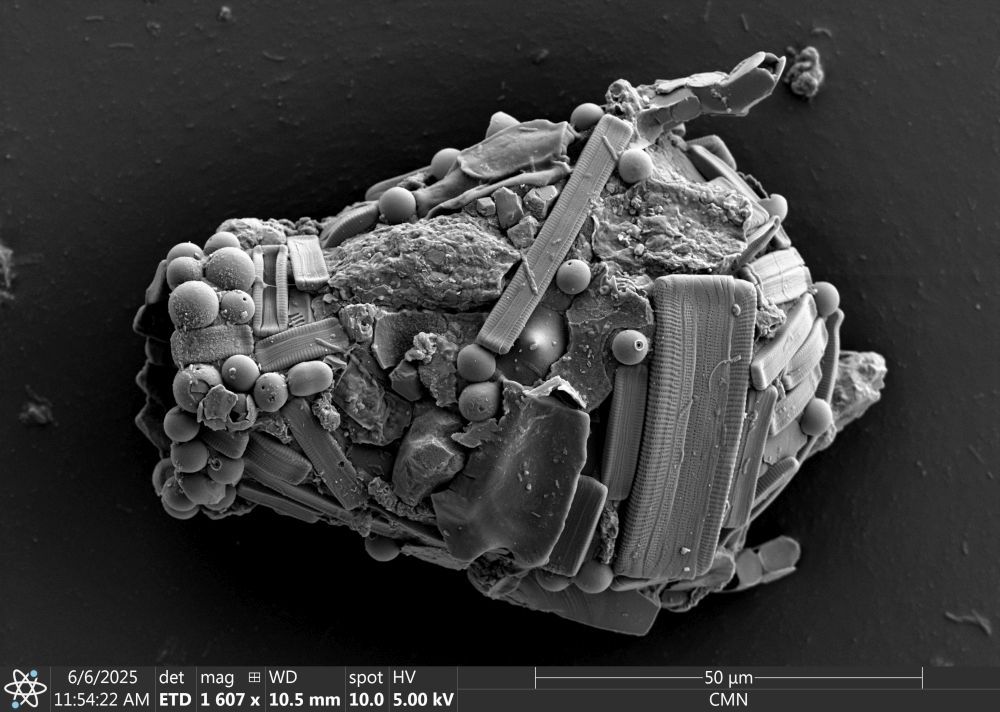
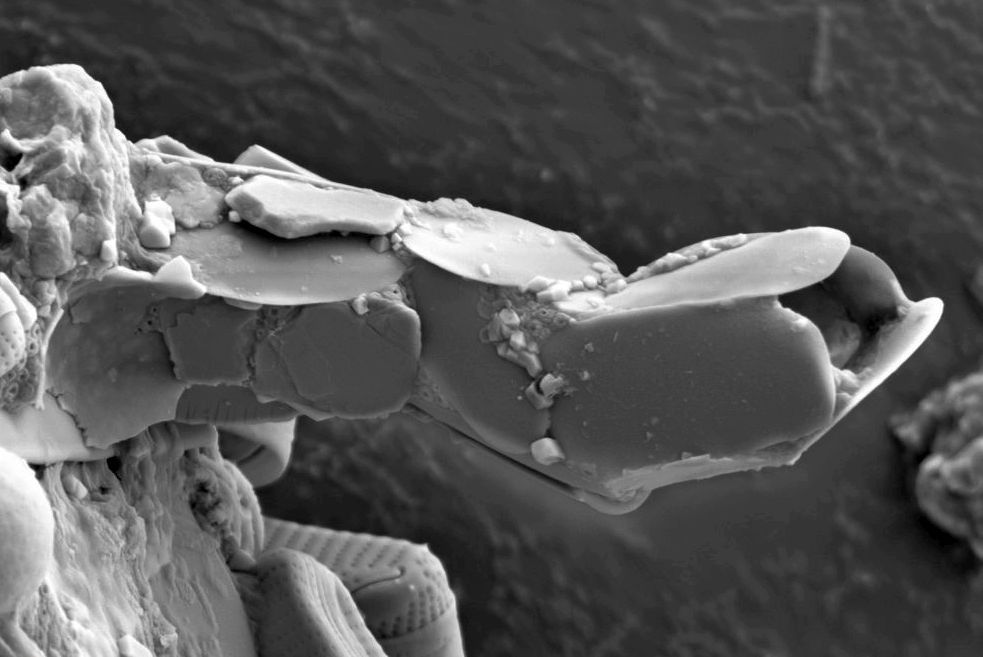
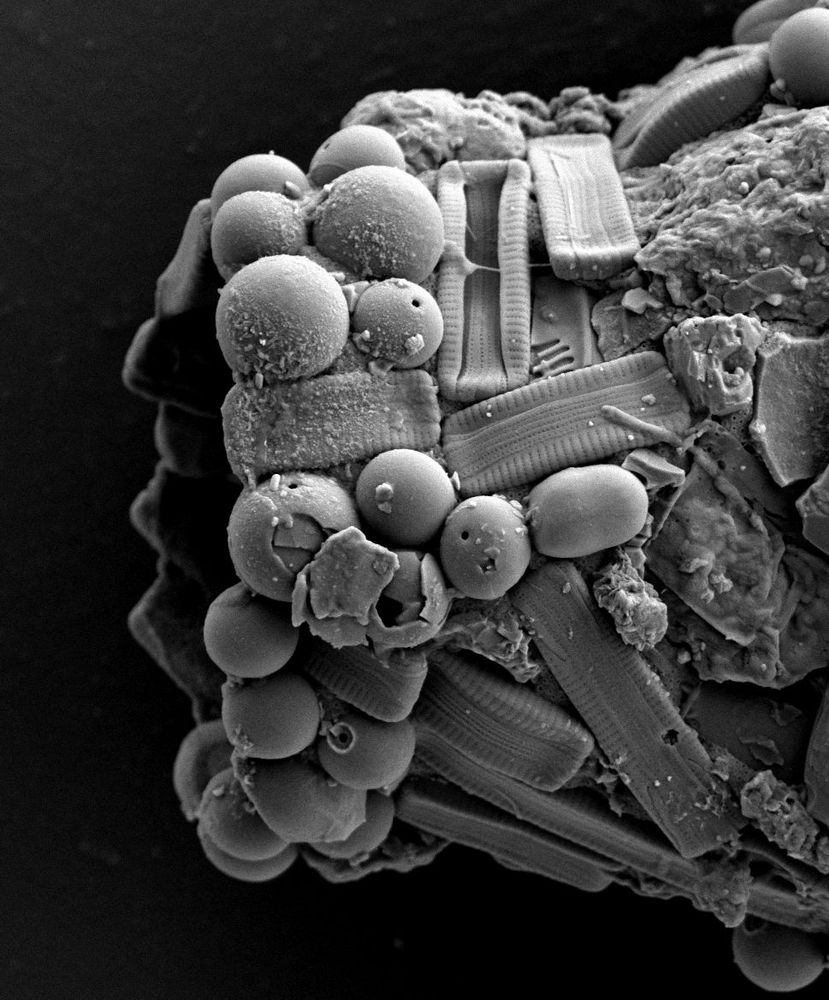

Reposted by Bruce Taylor


